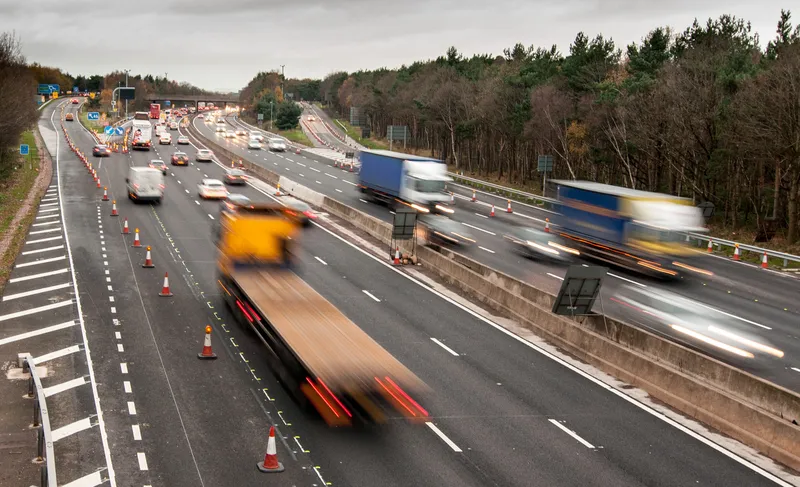The Virginia Department of Transportation (VDOT) has issued a Notice of Intent to Award to Serco to integrate and run the state’s five transportation management centres under a six-year, US$355 million contract. The Commonwealth Transportation Board will make the final decision at its June meeting. The project will operate all five centres, including managing the Safety Service Patrol, under a single advanced active traffic management system platform, providing greater consistency and efficiency and enabli
May 8, 2013
Read time: 2 mins
The 1747 Virginia Department of Transportation (VDOT) has issued a Notice of Intent to Award to Serco to integrate and run the state’s five transportation management centres under a six-year, US$355 million contract. The Commonwealth Transportation Board will make the final decision at its June meeting.
The project will operate all five centres, including managing the Safety Service Patrol, under a single advanced active traffic management system platform, providing greater consistency and efficiency and enabling VDOT to better manage congestion, freight movements, incidents, severe weather-related incidents and traveller information.
The system will monitor traffic through the use of nearly 900 cameras, 500 electronic message signs and more than 1,000 road sensors, enabling operators to co-ordinate signal systems, manage incidents and emergency response, provide real time travel information and manage HOV/reversible lanes.
Announcing the award, Governor McDonnell said: "The Commonwealth sought innovation from around the country to deliver the best technology solutions to maximise our transportation system. Virginia is a leader among state departments of transportation in providing real-time traffic information to motorists, and we wanted to build on that reputation."
Transportation Secretary Sean T. Connaughton added, "The result is using technology to be the eyes, ears and voice of Virginia's road transportation system, so we can go into immediate action to prevent accidents, clear incidents, make our roads safer, and immediately inform motorists so they can reach their destinations faster. Our transportation system in Virginia must be more reliable than other states' and countries in order for us to remain competitive economically."
"I am very pleased with the progress VDOT has made in collaborating with the private industry to develop the best solutions to improve transportation through technology," said VDOT Commissioner Greg Whirley. "It takes all tools and methods, including technology, operations, and first-class communication systems, in addition to maintenance and construction to make our highway system operate as smoothly as possible."
The project will operate all five centres, including managing the Safety Service Patrol, under a single advanced active traffic management system platform, providing greater consistency and efficiency and enabling VDOT to better manage congestion, freight movements, incidents, severe weather-related incidents and traveller information.
The system will monitor traffic through the use of nearly 900 cameras, 500 electronic message signs and more than 1,000 road sensors, enabling operators to co-ordinate signal systems, manage incidents and emergency response, provide real time travel information and manage HOV/reversible lanes.
Announcing the award, Governor McDonnell said: "The Commonwealth sought innovation from around the country to deliver the best technology solutions to maximise our transportation system. Virginia is a leader among state departments of transportation in providing real-time traffic information to motorists, and we wanted to build on that reputation."
Transportation Secretary Sean T. Connaughton added, "The result is using technology to be the eyes, ears and voice of Virginia's road transportation system, so we can go into immediate action to prevent accidents, clear incidents, make our roads safer, and immediately inform motorists so they can reach their destinations faster. Our transportation system in Virginia must be more reliable than other states' and countries in order for us to remain competitive economically."
"I am very pleased with the progress VDOT has made in collaborating with the private industry to develop the best solutions to improve transportation through technology," said VDOT Commissioner Greg Whirley. "It takes all tools and methods, including technology, operations, and first-class communication systems, in addition to maintenance and construction to make our highway system operate as smoothly as possible."










